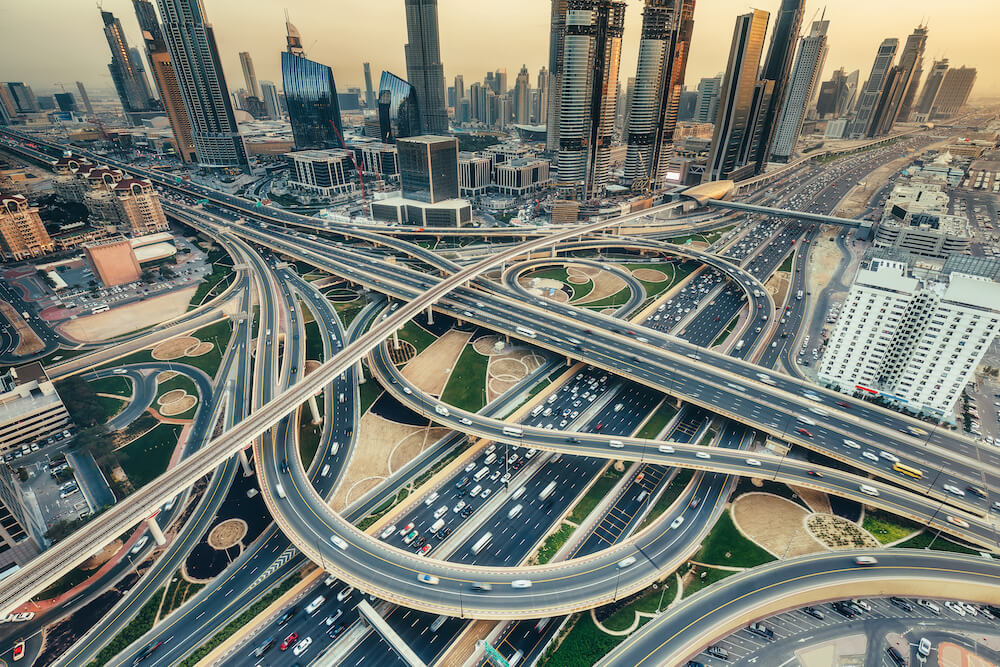How will the future unfold? There is increasing alarm about severe resource depletion and environmental decline while economists and environmental scientists work to develop sophisticated policy tools aimed at forestalling the worst while maintaining economic growth.
Can we really navigate our way out of the potential for a broad scale breakdown simply by applying a sufficiently powerful dose of political and economic will?
It would be wonderful to think so. Yet we still have to acknowledge that there are physical limits to what is possible. The human world is as much part of the natural universe as anything else, and if we readily accept that the complex motions of the earth’s climate march to physical laws, it may be unreasonable to imagine that society should be an exception.
Of course, to many of us, treating people as physical systems might seem a bit abhorrent, somehow an abnegation of the essence of what it means to be human. If we truly want to triumph against profound societal challenges, then surely we can.
But how? To get a sense of any physical limits, it helps to look at how physical systems function. A useful concept here is a thermodynamic “heat engine” where available energy powers cyclical motions thereby enabling “work’’ to be done to move something else while giving off waste heat. This process is as familiar as burning gasoline in a car to power its pistons and propel it forward.
What is less recognized is how this basic idea from physics can be extended to living systems. Organisms can also be seen to act as heat engines, while they use a selfish twist. Like a car, they take energy from their environment to power themselves. Unlike a car, they extract raw materials, and if the conditions are right, they use this matter to grow their size allowing them the opportunity to consume more energy in the future.
So, for example, people use the energy in fats, proteins, and carbohydrates, along with the matter in oxygen, water, vitamins and minerals, to sustain their daily motions and metabolic processes. In turn, they give off waste heat and matter, including water and carbon dioxide. Whenever we manage to consume more than our daily metabolic needs, we tend to get bigger, usually ending up with a larger appetite.
Groups of organisms are able to take this self-reinforcing cycle a step further. A lioness expends energy to hunt gazelles so that she can feed herself and her pride. With enough extra food, her fertility allows her to reproduce and support cubs, so increasing the pride’s predatory population.
The global economy is just a natural extension of these ideas, what we can call a “superorganism”. Collectively, we bootstrap ourselves to greater things by extracting energy and material resources from our environment in order to sustain the accumulated fruits of our prior labours and to use any remainder to perpetuate growth of our population and our collective stuff.
Suppose for a moment that we were offered the opportunity to look down at our growing civilization from afar. We might see, for example, the back-and-forth of people and their vehicles as they move over the land, sea, and air. Looking even closer, we could measure the activities of human brains and notice that, as part of a larger whole, these brains use some combination of past experiences and new information to make estimates of economic and societal worth, acquired through Google searches, social gatherings, travel, and trade. We would notice that all these activities, of whatever sort, require a continual consumption of food and fuel.
These observations might allow us to draw a connection between economic worth and energy. Quantitative analysis reveals that in any given year, the historical accumulation of past global economic production – let’s call it civilization’s “net worth” – has had a fixed ratio to the current rate of global energy consumption, give or take a couple of percent. In each year between 1970 and 2015, each additional one thousand U.S. dollars of net worth that we collectively added to civilization through the global inflation-adjusted GDP has required an additional 5.6 Watts of continuous power production capacity.
This mathematical “constant” ties society to physics and offers a critical piece for solving the human puzzle: economic wealth is inseparable from energy consumption; any diminished capacity to recover the energy necessary to maintain the steady hive of civilization must lead to a corresponding collapse of overall economic value.
If for whatever reason we fail to adequately fuel ourselves, we can expect the cyclic motions of our machines and ourselves to slowly grind to a halt. Our interest in crypto-currency or the auction price of a Modigliani will be replaced by more primal needs. And in the logical extreme, with an absence of food, we will wither and die, with all our perceptions of economic worth buried along with us.
Many economists have pointed out that the global GDP has been rising comparatively faster than energy consumption. Optimistically, they argue that we are witnessing a steady “decoupling” of the economy from its basic environmental needs.
Unfortunately, this comparison is deeply misleading: GDP represents the accumulated production of worth over an arbitrary period of just one year; meanwhile, energy is required to sustain the activities of a civilization that has been built up over all of history, over every year. Systems have inertia; big systems especially so: current energy consumption is far more tied to maintaining the fruits of centuries of collective effort than to the national vagaries of a single prior year. We cannot erase the past; it is always with us.
That said, the inflation-adjusted GDP does provide a useful measure of how fast we are growing. Growth requires raw materials, stuff we can touch and make things with. And everything we have previously built, even our brains and bodies, is constantly falling apart. Maintaining growth means extracting and transforming wood, copper, iron, and crops fast enough to overcome this decay. Only when the balance is tipped in our favour is it possible for civilization to engage in the act of putting on weight, so to speak.
So far, global civilization has done astonishingly well. Recently, total net worth and energy consumption, the size of civilization, has been expanding by up to 2.3% each year and the GDP slightly faster. Ever since the end of the last ice age with the innovation of agriculture, we have collectively grown by leaps and bounds, from global populations of millions to billions, and from comparative poverty to extraordinary total wealth. It took 10,000 years to learn how to achieve 200 Quadrillion Btu’s of annual energy consumption in the 1970s; we doubled that rate just 30 years later.
Our feats of innovation have enabled us to accomplish not just exponential growth – e.g. growth at a fixed rate of 1% per year — but the incredible mathematical feat of super-exponential growth: a growth rate that has increased with time. Humanity has been uncovering and exploiting ever newer and richer fuel resources – from wood, to coal, to oil – and ever more exotic raw materials – from wood, to copper, to niobium – each doing its part to amplify the pace of expansion into the terrestrial buffet.
Unfortunately, we have become consumptive to the point that our future is starting to compete with the unchangeable past. The larger we get, the more energy and raw materials we require simply to sustain ourselves, and this is forcing us to deplete our resource larder faster than ever before.
In the two decades following World War II, there was a remarkable period of rapid gas and oil discovery that created an epoch of super-exponential growth. More recently, new extraction technologies and discoveries of fossil fuel reserves have only barely kept up with previously created demand. GDP growth is stagnating and individuals, professions, and nations are increasingly competing for their share.
Inevitably, there will come a point where we collectively fail to access sufficient resources to continue existing expansion, when the current economic system becomes unsustainable. Perhaps the question we should ask is not whether civilization is ultimately in trouble, but instead whether we will gradually subside or crash like a wave on the beach.
Already we are seeing the negative impacts of past growth with accelerating climate change and environmental degradation. Their impacts will appear particularly pronounced when resource depletion makes it challenging to self-repair. In biological and physical systems, when growth stagnates, fragility sets in. Following even small crises, recovery times slow, and there arrives a tendency for larger-scale collapse.
Of course, predicting the future is hard. But there are always going to be basic physical limits on what can and cannot happen. We can say with confidence that if civilization maintains current rates of economic growth over the next 30 years, within just one generation it will need to double its current rate of energy consumption, extracting as much total energy from the environment as it has since the beginnings of the industrial revolution.
Can we really do this? We might hope so, that we continue to find the energy and raw materials on our finite planet to accomplish this extraordinary feat, but only with the trade-off that sustaining “economic health” now means more potentially catastrophic consequences of global climate change later. Absent an extraordinarily rapid metabolic shift away from carbon based fuels, we face a likely 4 °C to 9 °C temperature rise within the lifetimes of those born today.
Smaller civilizations have been through collapse before. Looking to history may provide lessons for what actions are required to avoid the worst of what is to come. To help inform and guide society, we must deepen our understanding of all the interacting blades of the FAN.


